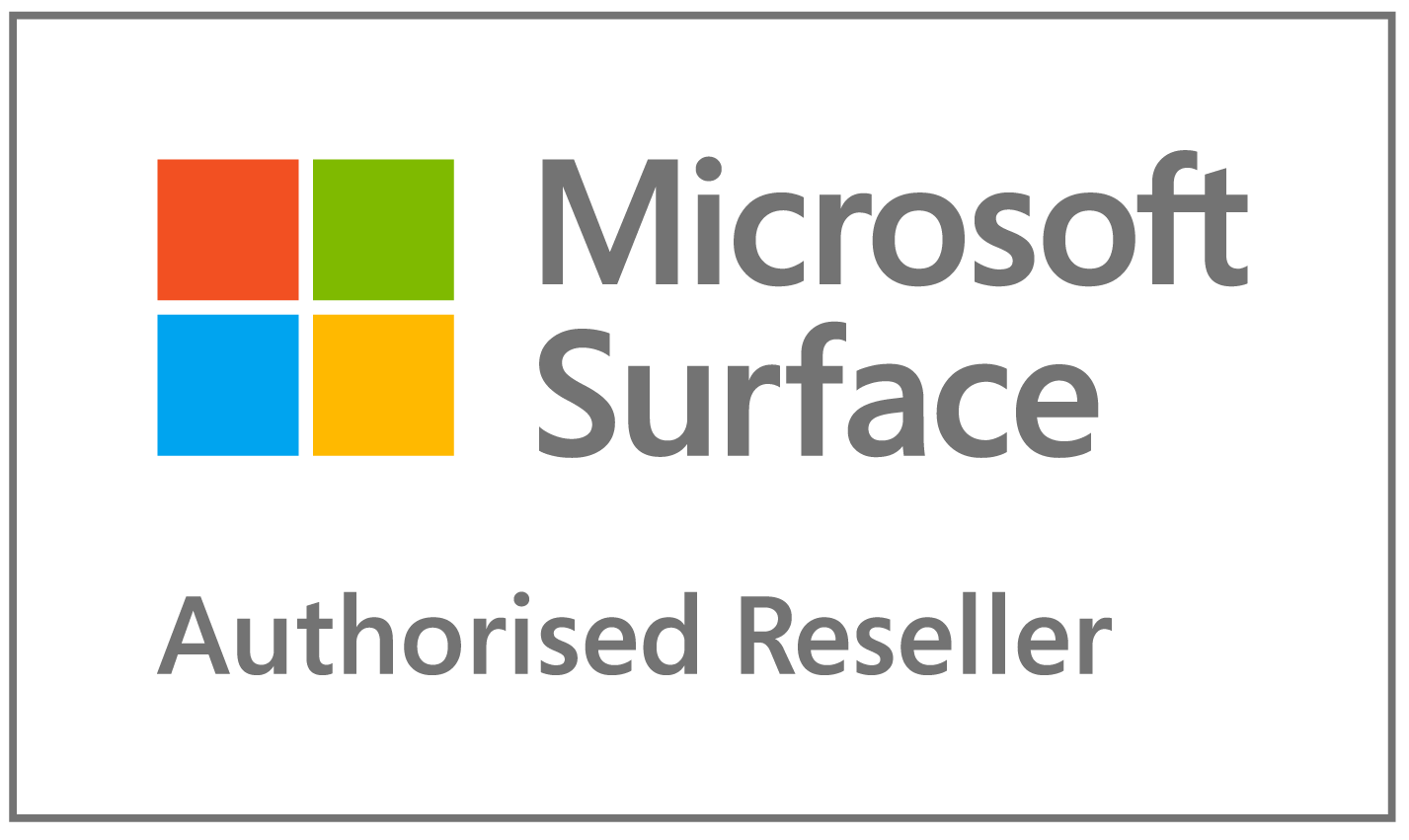Your business may not be located in China, and your customer base may not be Chinese, but like it or not, the economy is global, and coronavirus may already be having an impact on your business. You may have had employees away on overseas holidays, or travelling for business. Even if they haven’t been anywhere near China, they may have been exposed to Coronavirus on planes or in airports, which are filled with people coming and going to and from every part of the globe. Australian businesses are not immune to the threat caused by the virus. While we don’t yet understand the full impact the virus will have, business owners can take action now to help protect their business from the likely impacts of Coronavirus.
Business Continuity
Develop a business continuity plan
Coronavirus could have a significant impact on businesses (particularly small businesses), and could potentially cause disruptions to supply chains, drops in both customer and sales numbers, and cash flow shortages. Now is the time to set a Business Continuity Plan in place, to help prepare for the potential fallout of Coronavirus. Putting business continuity solutions in place now will give you peace of mind that your business will continue to function in the event of a disaster such as Coronavirus.
Start thinking about how your business will address the following questions, so that you can keep essential operations running:
- What is your position as a business? Will you close up shop temporarily, or allow your employees to work remotely?
- What decisions will you need to make at a management level about how you will approach this situation?
- To what extent will your clients still be operating and therefore needing your services?
- Can you make contingency arrangements for potential employee absences to prevent disruptions to services? Perhaps cross-train key staff so that all positions can be covered.
- How will you communicate your business preparedness to your clients?
Timely and honest communication with your staff, suppliers and clients is important, as all need to be made aware of any issues you may have delivering your products and services, and what contingency plans are in place.
Maximise employees’ ability to work from home
Businesses are in a strong position to counter the Coronavirus outbreak by allowing employees to work remotely. Obviously, this is not feasible for every business, as employees need to be physically present in certain fields, but if it’s possible for your employees (particularly those who are unwell or at risk of contracting Coronavirus) to work from home, now might be a good time to look at how you could make this happen. Use it as an opportunity to examine how productive your workers can be from home, and to strengthen your IT infrastructure to allow it to happen.
When creating your plan, consider the following questions:
- Does your business provide remote access to files via VPN or FTP?
- Will you be expecting your staff to access your office servers remotely?
- Will you be allowing remote access to all staff, or just a selected group?
- Is your data stored in the cloud or is it stored on-site?
- Will your internet speeds and VPN configuration allow as many concurrent users as you might have to deal with?
- Do you have a fallback internet connection in case your main link fails?
- Do you run any business systems that are not easily used remotely? If you do, how will you work around that limitation?
- Do you run any systems like tape or hard drive backups that are unable to be run without user intervention on site?
- Are any of your services like mail or file servers in the habit of needing hard resets of hardware, which might not be easily done if your office is inaccessible?
- Could you use a chat-based platform like Slack to connect remote staff to each other? Videoconferencing or Skype meetings are also a good alternative to face-to-face meetings.
- Should you do a network health check to make sure your VPN or FTP services are allocated as much resource as you can give them, so that they can handle a larger load?
- Are file and mail servers operating optimally?
- Can you send some staff off-site with portable hard drives containing large work assets that might be problematic to transfer over VPN or FTP?
- Do your staff have computers at home that will allow them to work remotely, or will you need to send some staff home with their workstations? What is your insurance position if you do this?
- How can you clarify workflow processes to help staff working remotely keep on top of who is working on which version of a file, and which version is most current?
- Are you able to forward your office phones if necessary?
Clarify your position on all of these questions and put plans in place to address any issues which arise, so that your business has the best chance of staying afloat during a difficult period.
General Advice
Look at ways your supply chain may be affected
Do you use products manufactured in or supplied from China? Does your company manufacture products there? Perhaps you use remote workers in China? Examine your supply chain in depth, and you may be surprised that your business does have contact with affected areas in some way. If so, now might be the time to seek alternative suppliers.
Limit unnecessary overseas business travel
Sure, you may have been looking forward to that annual conference in the US, but is it really worth the risk? If it’s not absolutely necessary to travel for work, make the decision to avoid overseas travel at the moment.
Encourage sick employees to stay home
Chances are the employee with a sniffle doesn’t have Coronavirus, but it’s always wisest to be on the safe side, especially if they’ve recently been overseas or had close contact with someone who has. Make it known that employees need to stay home if they’re sick. And encourage employees to keep their vaccinations up to date, as eliminating the spread of other illnesses will reduce pressure on health services by reducing vaccine-preventable diseases.
Set up good hygiene practices at your workplace
- Provide hand sanitiser and sanitising wipes throughout the workplace
- Encourage employees to wash hands with soap and water for at least 20 seconds
- Step up your cleaning services, and have employees be extra vigilant with wiping down desks, counters, tables, door handles and any other frequently touched work surfaces
- Discourage shaking hands
Seek professional advice
If you’re unsure about any aspect of how you can maintain and update your business networks to allow employees to work remotely, contact Mac Aid for help. We can advise you on how best to manage your IT infrastructure to help prevent your business grinding to a halt, and tailor an individual solution to your unique requirements. Don’t just sit back and hope this whole crisis will disappear soon. Get your business continuity plans in place today and help shield your business – and your livelihood – from the Coronavirus fallout.
With security breaches becoming more and more common, everyone needs to ensure they are using the most secure passwords for their online accounts as they possibly can. While this is great in theory, the problem comes with remembering these passwords. Here are some tips to help.
Create a strong phrase
It’s surprising how many people choose passwords that are easy for them to remember, such as ones containing obvious phrases, their partner, pet or children’s names, or their own name or birthdate. Yes, they may be easy to remember, but they’re also easy for hackers to crack. A better way is to think of a phrase that you will remember, such as a line from a song, movie or book, and then take the first letter of each word to make the foundation of your password. For example, this classic quote from The Princess Bride: “My name is Inigo Montoya. You killed my father. Prepare to die.” would translate to mniimykmfptd. This is long enough to fulfil most password requirements and is not something that could be easily guessed.
Make your password stronger
However, you need more than that to make your password really strong and secure. You need to add some capitals, numbers and special characters.
To make it easier, capitalise the words that would already be capitalised in the phrase, such as names and words starting the sentence. That would now make it MniIMYkmfPtd. If there’s none of these, use a repeatable system such as capitalising nouns, or verbs, or whatever you choose.
Then add some numbers in. You could try a few strategies for this, such as adding the year of the movie/book/song, or changing certain characters to numbers, for example, changing ‘I’ to ‘1’, ‘S’ to 5 or ‘E’ to 3. Find a strategy that you’re likely to remember and apply it to all your passwords. In this case, our password now becomes Mn1IMYkmfPtd87 (changing the first ‘i’ to ‘1’ and with the year of the movie on the end).
Then to finish, add a special character in somewhere. You could use ‘@’ for ‘a’, ‘$’ for ‘S’, ‘!’ for ‘I’ or anything that makes sense for you. In this case I’ve added brackets around the year of the movie, so the password now is Mn1IMYkmfPtd(87).
And remember it
Easy, right? Now you have a super strong password that no-one will be able to guess. The secret is remembering it. You could use a password management program (such as Apple’s Keychain Manager or Dashlane) to keep track of all your passwords. Or you could write down a hint to your password somewhere – in this case I might write down ‘The Princess Bride’ to jog my memory about what the password is. And no-one reading your hint would be able to guess your password, so you’re safe to commit it to paper.
Make sure you use a memorable system to create your passwords, so that you have a way to create and remember strong passwords, without allowing them to be cracked by criminals. Good luck!
Security threats abound in today’s digital world, and Macs are not immune to them. Here are a few tips to help make your Mac as secure as it can possibly be.
Use two accounts rather than just one
Create a standard account (non-admin) for use in everyday activities. Only use your administrator account to install software and perform system actions. This will strengthen your system’s security.
Turn on FileVault
Apple’s FileVault encryption is a powerful tool that will protect your data even if your system is compromised. It will automatically encrypt the contents of your Mac until you use your login password or a recovery key to access the data. It’s available from the Security & Privacy System Preferences menu. You should also ensure that your backups are encrypted and password protected, whether you’re using Time Machine or a cloud service.
WARNING: With FileVault enabled you will need your login password or a recovery key to access your data. If you forget both your password and recovery key, your data will be lost.
Choose safer security settings
There are a few settings you can tweak to enhance your Mac’s security.
- Go to the Apple menu and select System Preferences
- Click on the Security icon
Here you’ll find a range of security options you can tweak, turn off or on to give you more control over your Mac’s security. You can enable your Mac’s built-in firewall here, to make your Mac less visible on public networks.
Turn off Spotlight Suggestions
Spotlight can offer you suggestions from the internet, but if you’re not careful it can also leak your private information back to Apple and other third party providers. Turn this feature off by opening System Preferences, choosing Spotlight and deselecting Spotlight Suggestions. Easy!
Don’t share your location with every app
Location services require you to swap privacy for convenience, by allowing Spotlight and Siri to offer suggestions based on where you are. While these are fairly harmless, you don’t want unscrupulous criminals to be able to take advantage of these services for their own ends. Don’t use it if you don’t need to.
Surf securely
- Avoid clicking links from people you don’t know.
- Never download or install software unless you absolutely know where it’s from and that it is a trusted source.
- Prevent cross-site tracking and ask sites you visit not to track you
- Block all cookies and review what data sites have about you that is held on your system
Keep up to date with software updates
Apple periodically distributes software updates that correct problems and it’s wise to install these updates as soon as you can after you receive notification. You can set your computer to automatically check for updates as well.
Use strong passwords
Use strong passwords that are not easily crackable and use different passwords for each site. Using Apple’s Keychain Manager or a password application such as Dashlane makes this process a breeze.
Use two-step verification everywhere you can
Yes, it’s a bit painful, but the benefits to security achieved by this extra layer of protection outweigh the few extra seconds you have to spend logging in.
Be wary of public Wi-Fi
Never use public Wi-Fi to access a confidential service such as your online bank or superannuation account. It’s just not safe and secure.
Use a disposable email address
Create a disposable email address that you can use to sign up for websites and services. This will reduce the amount of spam you receive to your primary email address. iCloud makes it easy to create an email alias for this purpose. Do this:
- Enter your Apple ID into iCloud
- Select Mail and tap on the gear icon
- Choose Preferences, then click Accounts
- Select Add an alias and enter an alias for that address
- Click ok to create the alias
Run a two-way firewall
Inbound and outbound firewalls are both necessary for protecting your Mac against particular kinds of attacks. Implement multiple layers of protection by turning on two-way firewall. Go to System Preferences, Security & Privacy, and choose the Firewall tab. Enable the firewall by choosing Turn on Firewall, and you can choose which apps can receive inbound connections.
2020 is upon us, and we’re already through January! Our staff have enjoyed their holiday breaks over Christmas and are looking forward to diving back into all things Apple.
As always, we will continue to provide each and every one of our valued clients with highly responsive and knowledgeable service from our team of expert professionals in 2020. Our aim is always to help our clients use their Apple technology to improve their lives, either at home or by making their business run more efficiently and become more profitable. With the right guidance, your Apple technology can help to make a real difference to your bottom line this year. Whether you need to improve the performance, reliability and security of your Mac and IT systems, or need support, repairs or maintenance, we have you covered.
Give us a call if you need advice or assistance with any and all Apple IT issues – we’re always happy to help. Here’s to a profitable, productive and efficient 2020!
We use our devices to store all kinds of things – photos, videos, messages, documents, health data, settings, accessory setups etc. Your memories, your information and your preferences are valuable and important, and no-one wants to run the risk of losing them. But too often many of us fail to back up our devices, wrongly believing that it happens automatically. This is not quite true. For instance, your iPhone only backs up a maximum of 5GB of data unless you pay for an upgrade. What this means is that if your iPhone is lost, damaged or stolen, you’re likely to lose all of your precious information and files.
Unless of course, you have a backup plan in place.
Maintain a regular backup routine
The only way to protect your data against damage or loss is to back it up somewhere. This is also useful when you want to transfer your settings and information from an old device to a new one. You need to have a plan and a routine for how and when you’re going to back up your devices – and stick to it.
For businesses, at least once a week is the bare minimum to back up your data. Any less and you’ll run the risk of significant data loss and disruption to your business.
For home users, you can afford to go a bit longer between backups. Every few weeks is a good minimum, but more often is better, especially if you’re a big photo taker. It’s the only way to ensure complete peace of mind that your precious memories and information are safe.
How to back up your iPhone or iPad
You have a few options when it comes to backing up devices such as iPhones and iPads. The only truly complete options are backing up with iCloud and iTunes, as these can back up all your different kinds of data and settings. Time Machine backups add an extra layer of protection for your data and are well worth doing too.
Back up with iCloud
iCloud stores your backups in a cloud-based storage system that you can access from anywhere with an internet connection. Here’s how you do it:
- Make sure the relevant device is connected to a Wi-Fi network
- Go to your settings and select iCloud
- Select iCloud Backup
- Choose Back Up Now and make sure you stay connected to the Wi-Fi network to complete the process
To check that the backup has successfully completed, do this:
- Go to Settings (your name)
- Choose iCloud
- Choose iCloud Backup
- If you look under Back Up Now, you’ll be able to see the date and time of your last backup
Choose automatic backups with iCloud
If you don’t want to worry about when and if you’ve backed up, choose to set it up automatically:
- Go to Settings (your name)
- Choose iCloud
- Choose iCloud Backup and make sure iCloud Backup is turned on
- Connect your device to both a power source and a Wi-Fi network
- Make sure that the screen of your device is locked, and that you have enough iCloud space for the backup (iCloud provides 5GB of storage for free, but you can buy more if you need to).
Back up with iTunes
An iTunes backup stores your backups locally on your Mac, and you have to be using that computer to access them. Do this:
- Connect your device to your Mac
- If you’re running Catalina, open Finder. If you’re running Mojave or earlier, open iTunes
- If a message asks for your device passcode or to Trust This Computer, follow the on-screen steps
- Locate your device on your Mac (generally it will show up on the left side bar on iTunes. If you are having trouble locating it, please refer to https://support.apple.com/en-au/HT203060)
- Choose Back Up Now
- You will be able to see if the backup was successful once the process has finished
Back up with Time Machine
As a further layer of protection, back up all of your files to the built-in backup system of your Mac. Time Machine ensures all your photos, music, apps, documents, emails and system files remain safe, accessible and easily able to be restored in the event of a catastrophe. Time Machine works by making hourly, daily and weekly backups to an external storage device, and deletes the oldest backups once the device is full.
You’ll need to connect an external storage device to your Mac, such as a USB, USB-C or Thunderbolt drive, AirPort Time Capsule or Network-attached storage device that supports Time Machine over SMB. You can even use your Mac shared as a Time Machine backup destination.
If your Mac asks to use this drive to back up with Time Machine:
- It is recommended that you select Encrypt Backup Disk, to ensure your backup is only accessible via a password
- Click Use as Backup Disk
If your Mac doesn’t ask to use your drive, you can add it manually by doing this:
- Go to the Time Machine menu in the menu bar and Open Time Machine preferences
- Click on Select Backup Disk (or Select Disk, or Add or Remove Backup Disk, depending on your operating system)
- Choose the external drive you want to use from the list of available disks
- Select Encrypt Backups
- Click on Use Disk (you’ll need to make sure your external drive is erased of all other information and formatted before you can use it)
And it’s as simple as that! The first backup may take quite a long time, but after that, Time Machine will make periodic backups automatically, and these will be faster, as only the files that have changed since the previous backup will be backed up. And you can continue using your Mac as normal while the backup is taking place. You can enjoy the convenience of automatic protection for your files with an extremely safe and secure system.










